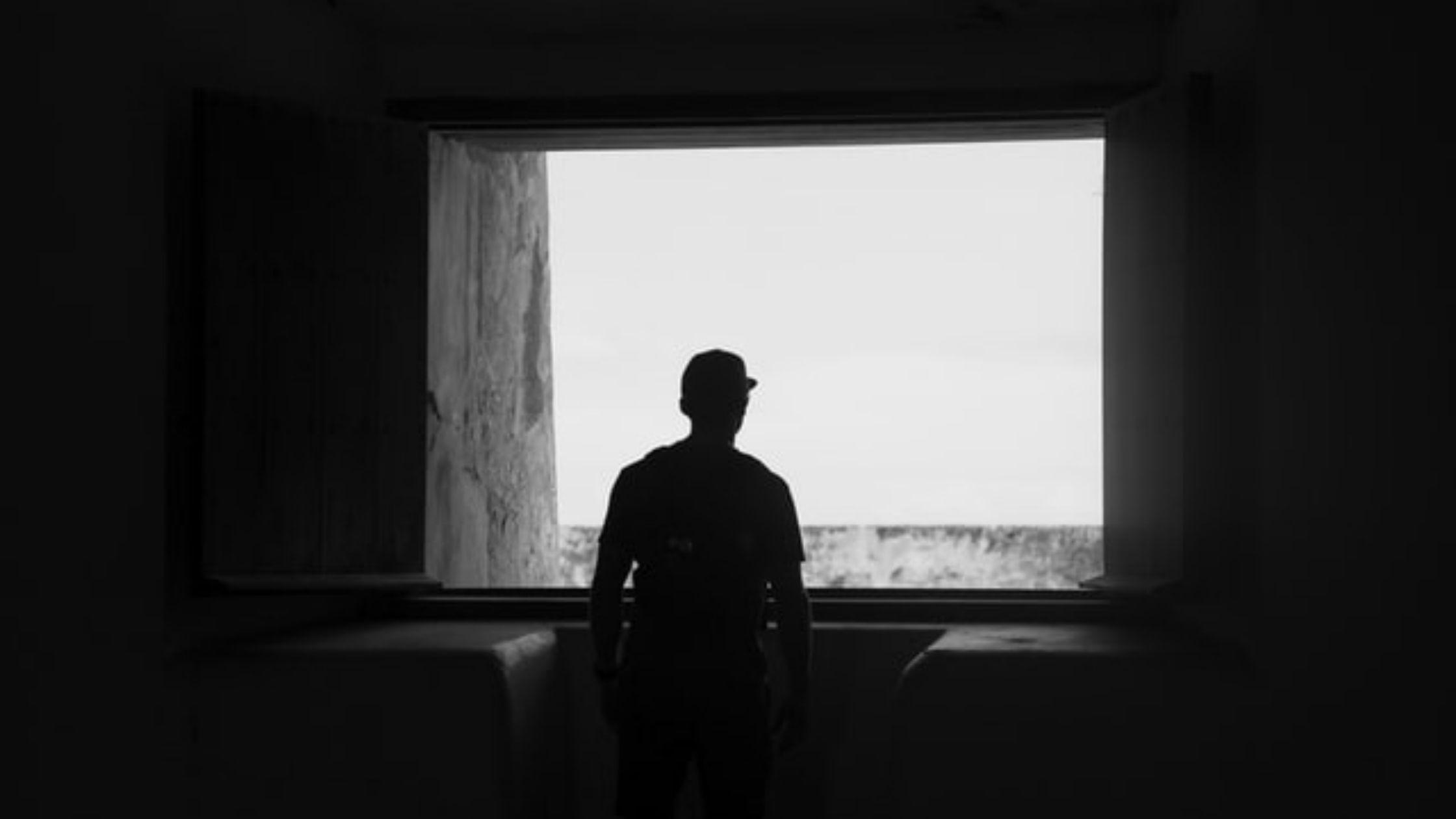
About the Author
Monica Chen is a native Taiwanese violinist and the first practitioner of dystonia in Asia. She has a DMA in violin performance and currently working as an assistant professor at Taipei National University of Arts. Monica studied with Dr. Farias, a leading specialist treating dystonia with movement therapy. She is also the Chinese translator of Dr. Farias‘ book, ‘Limitless’.
I am used to contacting the client one month after the movement training, to see if he has any questions and how his physical condition is. In addition to these “appearance” questions, there is another question at the back of my mind: “How are you doing?”
This seems to be a stupid question. How can it be better when the patient is facing dystonia! But what I really want to ask is not like a greeting sentence, but on a psychological and physical level, “Do you let yourself live well?!”
In the past, dystonia was often regarded as a psychological problem (especially in the group of musicians) due to the lack of biological markers. However, the latest research seems to have made some progress. The researchers have found out the difference between a healthy brain and a brain with dystonia by MRI scan images. Such a biological marker will be an important milestone since it shows that dystonia is not just a movement disorder or a psychological problem, but a neurologic deficit of the brain. [1]
There are many factors that cause dystonia. Many patients experience major emotional trauma before the onset of the disease. In addition, some patients don’t show obvious triggering factors. But no matter what, certain factors cause the neurologic deficit of the brain, resulting in an imbalance between the two hemispheres, which makes the patient unable to control his movements.
If we accept that dystonia is a kind of brain deficit, then we will look at it in a different perspective. Let’s imagine, when we face stroke patients, no one will criticize them, because this is not their fault, but caused by brain problems. However, it is regrettable that in the past, due to the lack of biological markers, dystonia was often regarded as a psychological problem. When the patient sees a doctor, he is not only unable to receive treatment assistance, but also bears heavy psychological pressure. They think that these problems may be caused by themselves. This series of difficulties has become the biggest obstacle to the recovery of patients with dystonia.
In the online dystonia forums, the questions that catch the patient’s attention most are “Are you fully recovered?” and “How long does it take to recover?” While seeking hope, people tend to submerge the truth in the shorter number which is the better. No one cares whether the patient is still in the event of emotional trauma, no one cares about the life pressure and responsibility that the patient needs to bear, and no one sees the patient’s true-life state.
If we accept that dystonia is caused by the imbalance between the two hemispheres of the brain, our rehabilitation will not be limited to a single level, but should be adjusted towards a comprehensive life. Since sleep, rest, diet, emotion, and exercise will affect the state of the brain. Movement training can stimulate dormant nerve circuits to restore function. Exercise to the sides of the body can promote the balance between the left and right hemispheres. Regular diet and sleep can rejuvenate the brain. In addition, staying away from stress allows the brain to have more energy to handle the control of movements without being stuck in a highly allergic state. When the patient is under stress, the control of motor functions will inevitably decrease.
In this busy life, learn to adjust your priorities but make sure to put yourself first; try to keep yourself away from stressful environments, and learn to relieve stress; give yourself more time to rest and let the noisy brain calm down. Letting go of yourself can overcome all attachments and accept that this is a brain problem, not just a pure movement problem.
On the road to rehabilitation with dystonia, learn to let yourself go~
[1] https://hms.harvard.edu/news/detecting-dystonia?fbclid=IwAR21c1peFM3ljQ2ncFycTMShKVaC7mfSGjB_8mWMRQj9V_ONI-cy0tcAmeM

